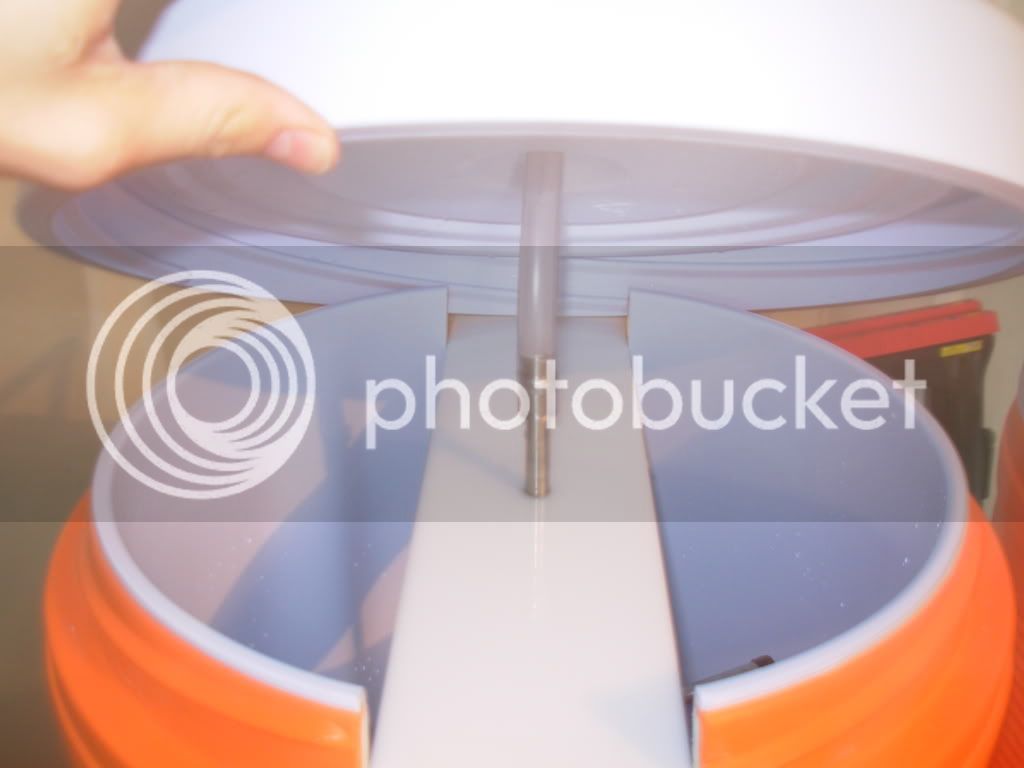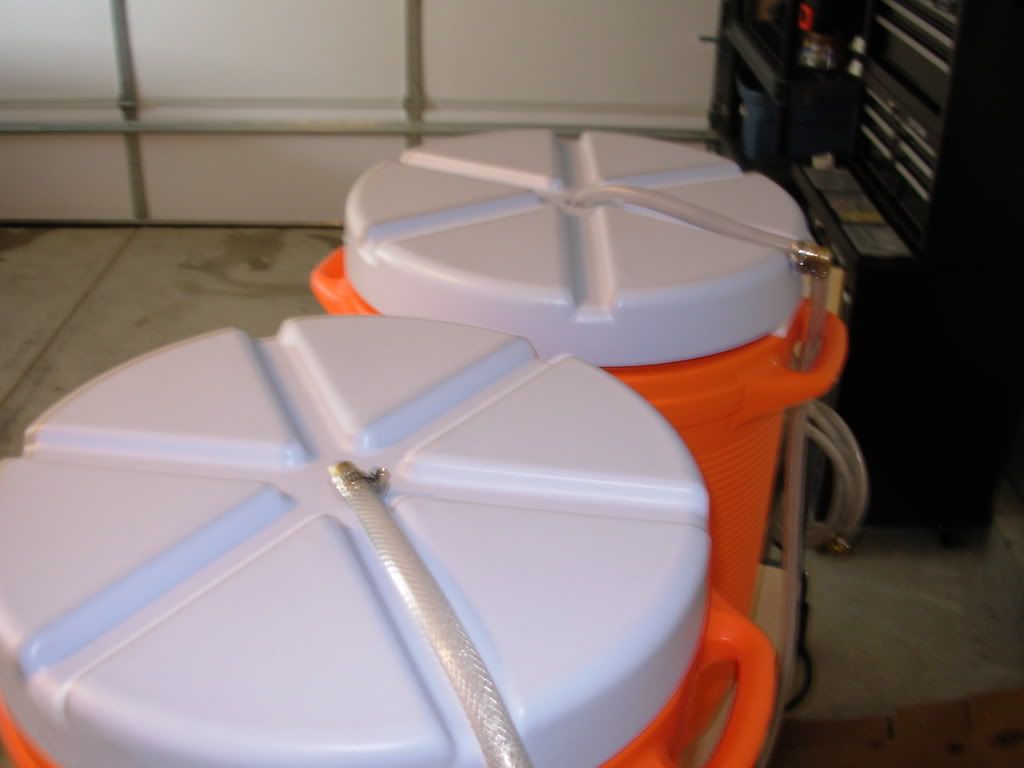maltMonkey
Well-Known Member
Just something that occurred to me today while brewing:
If you fly sparged (in a cooler MLT) by running your tubing from the HLT to just under the surface of the mash water, what would be the downside to that?
It seems to me that the main goals in fly sparging are to maintain a 165°-170° temp and not disturb the grain bed. If you have a 168° mash and run 168° water to just below the surface of the mash, wouldn't you accomplish both? All sparge arms splash a little (disturbing the grain bed) and this would not......or am I crazy?
If you fly sparged (in a cooler MLT) by running your tubing from the HLT to just under the surface of the mash water, what would be the downside to that?
It seems to me that the main goals in fly sparging are to maintain a 165°-170° temp and not disturb the grain bed. If you have a 168° mash and run 168° water to just below the surface of the mash, wouldn't you accomplish both? All sparge arms splash a little (disturbing the grain bed) and this would not......or am I crazy?









